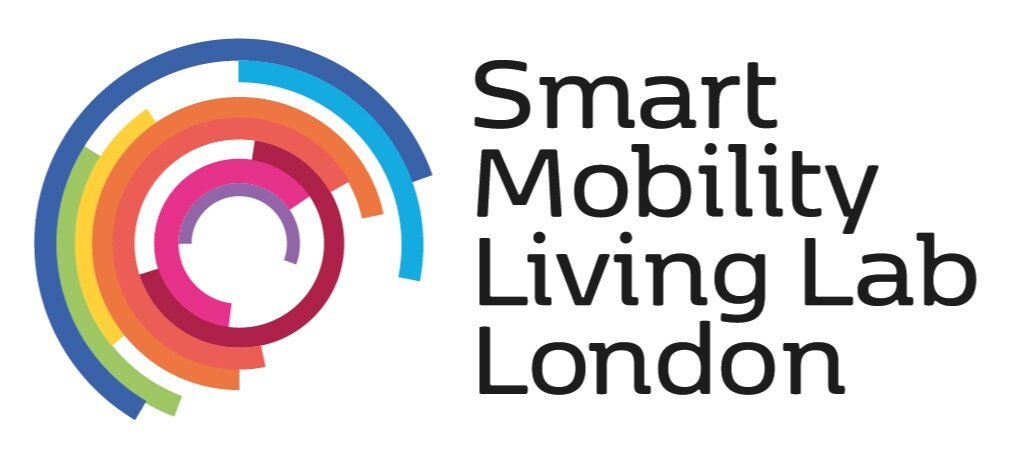LOCATION, LOCATION, LOCATION
By BALAZS CSUVAR, HEAD OF DELIVERY AT DG CITIES
BEFORE INTRODUCING ANY NEW TECHNOLOGY ON OUR STREETS, WE FIRST NEED TO ENSURE THAT IT IS SAFE AND THAT WE FULLY UNDERSTAND ITS PERFORMANCE.
Determining this requires rigorous testing and analysis, which is exactly why we have created the Smart Mobility Living Lab: London (SMLL). The SMLL will serve as a secure testing authority for Connected and Autonomous Vehicles (CAVs) and all of the services that they enable. This will allow us to determine when the technology is safe and ready to be deployed in our cities.
As we work towards creating a future of driverless cars, it is not only the CAVs that must be thoroughly tested and analysed; the sites where we will test require the same level of rigorous assessment that we plan to apply to CAVs. In order to do this, we have recently finished setting up our first pilot site. This site gives us the opportunity to not only test the monitoring equipment, but also to trial the delivery methodologies, engage with our stakeholders and better understand all of the challenges involved.
When selecting the locations for the pilot sites, it was important for us to consider several factors. In the end, we selected locations in both the Queen Elizabeth Olympic Park (QEOP) and in the Royal Borough of Greenwich. We chose these two sites as they allow us to understand the different requirements posed by each area, particularly how newly built infrastructure in QEOP compares to Greenwich’s much more established assets.
Something that was very important for us to consider early on in this process was to evaluate the potential challenges posed by each site. For instance, the smart lighting columns at one pilot site only receive power supply during specific times of the day. This meant that we had to make adaptations to allow for powering cameras from them during the whole day. Availability of roadside digital networks for each site was also crucial to understand, as we looked for trade-offs between having a full coverage of high-speed connectivity with available resources. Fibre coverage in London is only about 4 - 5%, whilst the Olympic park has a dedicated high capacity network that is less than a decade old.
Working across the two locations has also allowed us to engage with the local authorities, who have been very supportive of the project. Both the Royal Borough of Greenwich and the London Legacy Development Corporation have been flexible and accommodating to our requests, working together with us and establishing the necessary foundations to deploy monitoring sites across the whole testbed.
In order to test the monitoring equipment, the sites selected were placed at intersections that allowed for a wide area around them to monitor, with vehicles travelling at different speeds. The approach to the Greenwich site is a 50mile/hr dual carriageway and a busy roundabout, whilst in the QEOP we selected a 4-way intersection, at a lower speed and expecting many pedestrians and bicycle users (there is a shared bike station next to the site). The different typologies of roads and road users will allow us to test the monitoring equipment for multiple use cases.
These are just the first monitoring locations in the SMLL and we intend to set up many more. We are very excited to see the project taking shape and are eager to continue learning so that we will enable CAV testing in London in the very near future.
